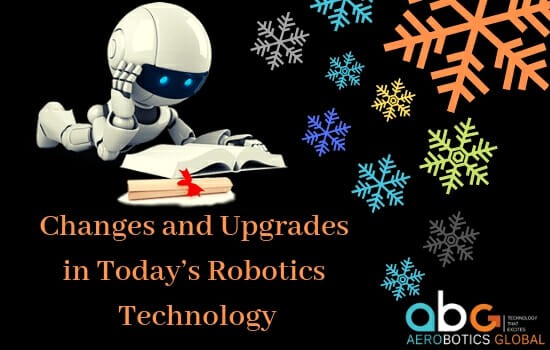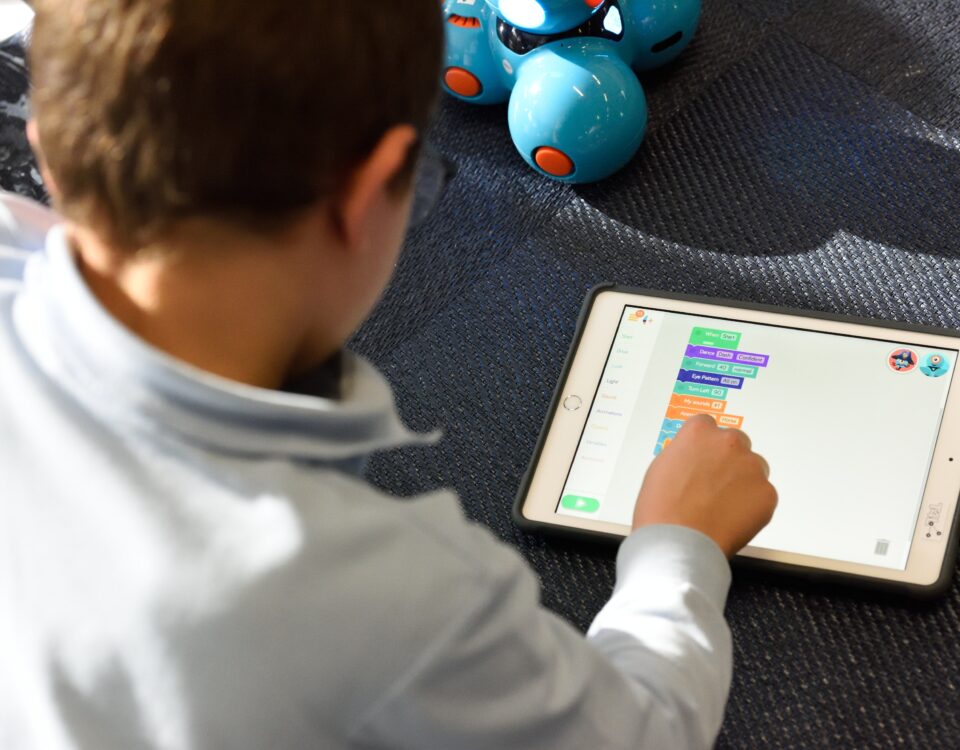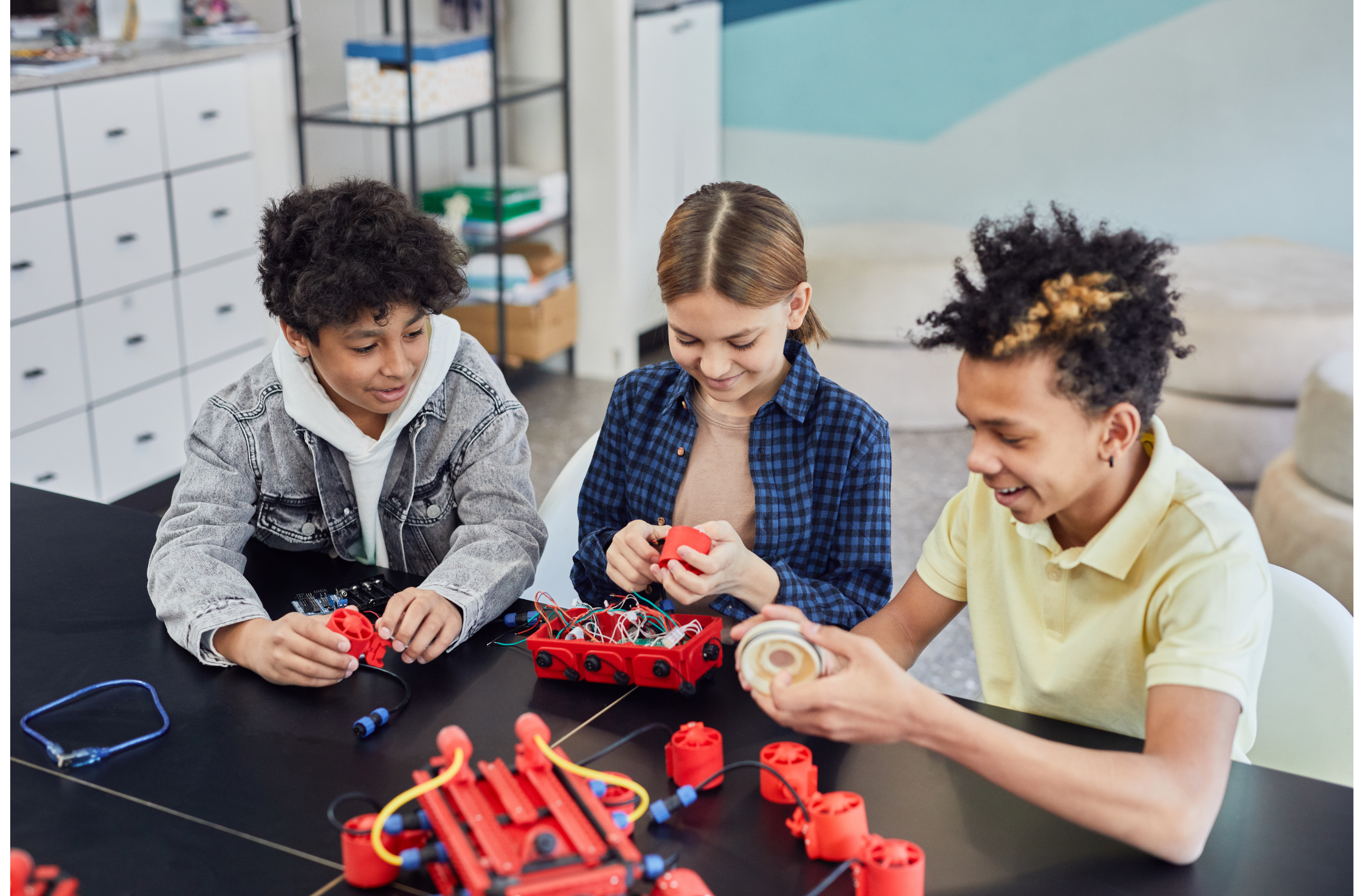For a long time, people have been fascinated by the idea of using robots for different purposes and tasks. If robots were initially used only for simple, stationary tasks, today they are much more versatile and can be imagined as integral part of our everyday lives.
Rapid technical development and numerous innovations characterize the current progress.
Checkout the following trends make it possible to use robots equipped with Artificial Intelligence in more and more Tasks:
1. Robots are Becoming More Cooperative
Robotics is currently opening a whole new chapter – the direct collaboration between humans and robots. The robot, in essence, becomes a colleague who assists people.
“Human-robot collaboration” is one of the most important trends in the coming years. Collaboration between humans and robots working with artificial intelligence to share jobs opens up new possibilities and concepts for industry and production.
The barrier-free cooperation between the powerful machines and their human colleagues, however, also poses dangers. The mass and power of the robots are enormous, and so an unexpected movement of a robotic arm or carelessness on the human side can quickly lead to significant injuries.

2. Robots have Become More Natural to Operate
Conventional robotic systems are not only expensive, but they also require extensive expertise to install and run. The need for easy-to-program and operate robots therefore is increasing. Most small and medium-sized companies are still reluctant when it comes to the use of robots. The conversion of production to partial or full automation brings with it a high investment requirement. Ready-made and automated solutions are intended to lower the hurdles.
3. Robots are Moving
Massive robots require a lot of space and have to be installed with great care and precision. Once mounted, they can hardly be moved without the entire production line having to be disassembled or at least shut down. The trend is therefore towards smaller moving units that can be used quickly at different workstations without causing disruption.
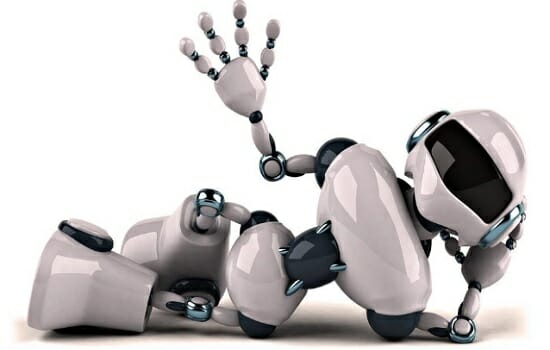
Don’t forget to check out: Futuristic Robots
4. Robots are Becoming More Mobile
Reducing the size of the robot also makes mobile units possible that can move independently from one workstation to another.
5. Robots are Becoming Cheaper
Especially in the electronics industry there is a growing demand for simple, inexpensive robots that can perform simple tasks that do not require maximum precision. These low-cost robots are used primarily in the production of cheap electronic products that have a short life cycle.

Check out: Stem Education: Why it matters?
6. Robots have Become more Intelligent
New-generation robots can autonomously adapt their behavior to changing situations instead of always executing the same rigid programs. By continually improving its motion sequences, the robot can find the best way to perform a given task, for example by learning how to grasp an object.
7. Robots are Becoming more Connected
Cloud computing allows robotic systems to exchange information or programs worldwide. This networking often referred to as “cloud robotics” can also be used to provide robots with more computing resources than is locally available. This benefits computer-intensive processes such as machine learning or big data.
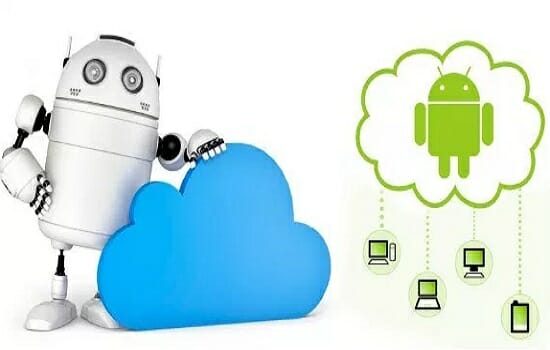
Conclusion
Robots are not just limited to activities on the ground, but they have also been successfully tested and used in the aerospace industry for some time. Due to more and more advanced robotic courses , technology and increasing computing power, there are hardly any limits to their fields of application in the future.
In the coming years, robotics and artificial intelligence will transform work, the economy and society as a whole beyond recognition.


